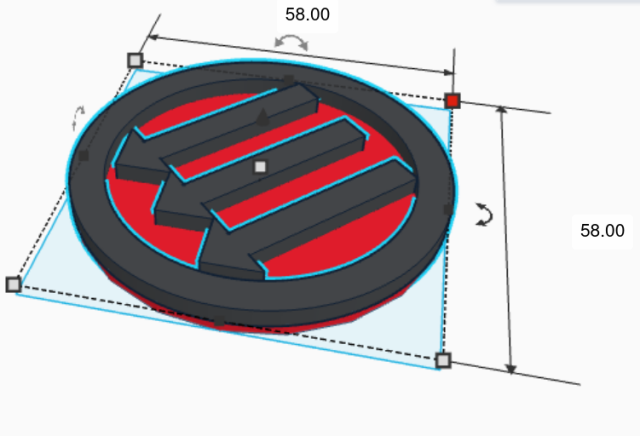Zakładam do drukarki 3D (#Creality CR-10v3) nowy #ekstruder (Sprite Pro). Kupiłem go bez zestawu instalacyjnego, ale pies go trącał. Dałem radę ze wszystkim, tylko nie wiem, jak #stepper podpiąć. Nowy stepperek BJ42FD09-2v02 ma kolorowe kabelki, ale stary - BJ42D22-23V01 był podpięty samymi czarnymi. Do tego złączki w ogóle nie pasują do siebie.
Kabelki jakoś zepnę łączówkami, ale w jakiej kolejności?
Kod do generowania motywu na podkładce (dwuwarstwowy magnes na lodówkę).
pastebin.com/Fk9N8fwY
Podgląd jest ładny:
Puszczam rendering... Poszło!
Ale 20 minut na magnes 72x57x1 mm to długo. Chyba potrzebuję nowego kompa.

@Jakub Klawiter :mastodon: - pomożesz?
Skopiowałem jeden z pozostałych bloków, podmieniłem literki i wkleiłem.
Działa. Będzie fajny magnesik #agitprop
Powiedzcie mi, proszę, dlaczego ta jedna litera jest inna? Wszystko tak samo robiłem.
















